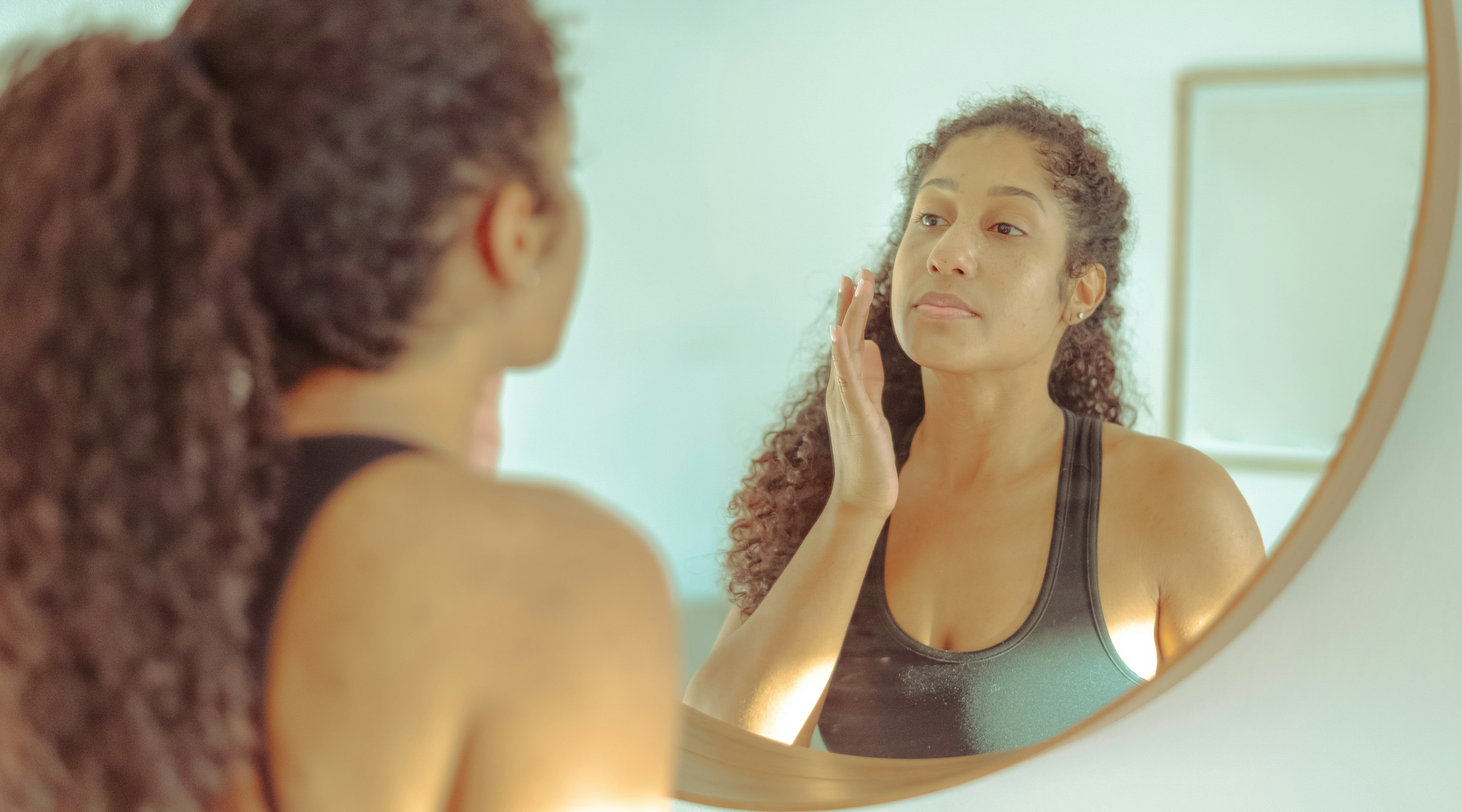Common side effects of CBD cream & how to manage them
5 min read
Editorial Team
Contents
Studies are continuously underway to research the best method of application and ideal dosage levels. Its properties relate largely to immunology, inflammation, healing, and recovery. It doesn’t stop there for CBD, as clinical research has demonstrated that the plant-based compound display possible neuro regenerative, neuroprotective and antioxidant properties.
Why is CBD in cream?
The surface of the skin is covered in receptor sites that CBD happens to fit into. These interactions have shown the potential to cause biologically helpful processes when patients are dealing with a number of different skin conditions.
When CBD activates these receptors such as CB1, CB2, G-protein coupled receptor GPR55, vanilloid receptor TRPV1, the 5-HT1a receptor, and the a3 a1 glycine receptors it may help clear pathogens, reduces inflammation, causes cell apoptosis and promotes healing.
According to the World Health Organisation, up to 80% of all skin complaints are caused by the same five conditions. This highlights the fact that there is a desperate need for new treatment options to help boost the efficacy of current treatment options. Despite the many available treatments for skin diseases and irritations, a great number of patients have recurring symptoms. Thankfully, CBD is showing promising results in vivo and in vitro. CBD has also been found to be biologically more active when combined with other natural plant extracts, increasing its benefits.
What are the benefits of CBD cream?
Skin conditions such as eczema, psoriasis, acne vulgaris, alopecia and contact dermatitis are all common skin conditions. Children are affected at a rate of around 1 in 5 whereas adults half that statistic to 1 in 10. In all of these conditions, the administration of CBD may reduce itching, redness, soreness, swelling, and inflammation whilst helping the skin to recover.
Research suggests that CBD cream may potentially help to flush out old cells that are responsible for cleaning the skin of pathogens. In some cases, such as contact dermatitis, allergic reactions cause these irritations that lead to skin damage from itching. CBD may be able to promote healing at the site of injury and speed up recovery time.
What are the potential side effects of using CBD Cream?
Most people do not have any negative reaction to CBD, but in a minority of cases, there have been some side effects reported. These side effects are generally nothing to worry about, though in some cases they may lead you to want to discontinue use or try another method of administration. In these cases, it is best to speak to a healthcare professional and get them to advise you.
The side effects of CBD, and how to manage them
- Dry mouth - A reduction in the production of saliva is sometimes reported with CBD cream use, leading to a feeling of dryness in the mouth. CBD has been shown to regulate salvation. This side effect is usually mild and can be managed by drinking plenty of water and chewing gum. A dry mouth typically wears off after a couple of hours.
- Diarrhoea - CBD can cause diarrhoea in some people, but this side effect often goes away on its own. If it persists, you may want to try taking Loperamide Hydrochloride to help slow down your gut motility or discontinue administration if the negatives outweigh the positives.
- Reduced appetite - Some people find CBD can reduce their appetite. If you find this a problem, you may want to stop or speak to a doctor for advice.
- Fatigue - A few people report fatigue after applying CBD cream, but it is a very small number of people. If you do not like this side effect, it is best to discontinue administration.
- Skin irritation - A very small number of people have reported CBD cream has caused skin irritation. There could be a number of factors at play, including other reactions to other ingredients in the topical applied. You can check to see if you are allergic to any other ingredients, such as terpenes. If you realise that it is CBD in the cream causing irritation after trying another brand of CBD cream with different ingredients, it may be best to discontinue administration and discuss another method of CBD use with your doctor.
- Allergic reaction - a very small subsection of the population will show sings of an allergy to CBD. Symptoms of an allergic reaction can include hives, swelling, and difficulty breathing. If you experience any of these symptoms, stop using CBD cream and seek medical attention.
It is important to note that these side effects are rare. Most patients who apply CBD cream do not experience any side effects. If you do experience any side effects, talk to your doctor.
Conclusion
There are many types of CBD cream available on the market. Some are made with full-spectrum or broad-spectrum CBD oil. This will contain other cannabinoids, terpenes and plant extracts in concentrated forms that could be a source of irritation for you rather than the CBD itself. In this instance, it may be best for you to try one of the CBD creams made with CBD isolate, which is a 99.9% pure extract containing only CBD. Just make sure you study the other ingredients too to avoid any other allergic reactions you may encounter.
If you need an alternative approach to manage your health condition, Releaf is here to help. Our monthly packages are based on your cannabis prescription, and we offer specialist consultations for medical cannabis and a unique medical cannabis card for protection.
Share article
Did you like this article?
It is important to seek medical advice before starting any new treatments. The patient advisors at Releaf are available to provide expert advice and support. Alternatively, click here to book a consultation with one of our specialist doctors.
Elevate your wellness with medical cannabis
Get comprehensive care, convenience, and confidence with an all-in-one treatment plan.
Am I eligible?Authors
Editorial Team
Article written by the Releaf Editorial Team, a group of seasoned experts in cannabis healthcare, dedicated to enhancing awareness and accessibility in the field through their wealth of knowledge and experience.
Editorial Policy
All of our articles are written by medical cannabis experts, guided by strict sourcing guidelines, and reference peer-reviewed studies and credible academic research. Our expert clinical team and compliance specialists provide valuable insights to ensure accuracy when required. Learn more in our editorial policy.
Need more help?










